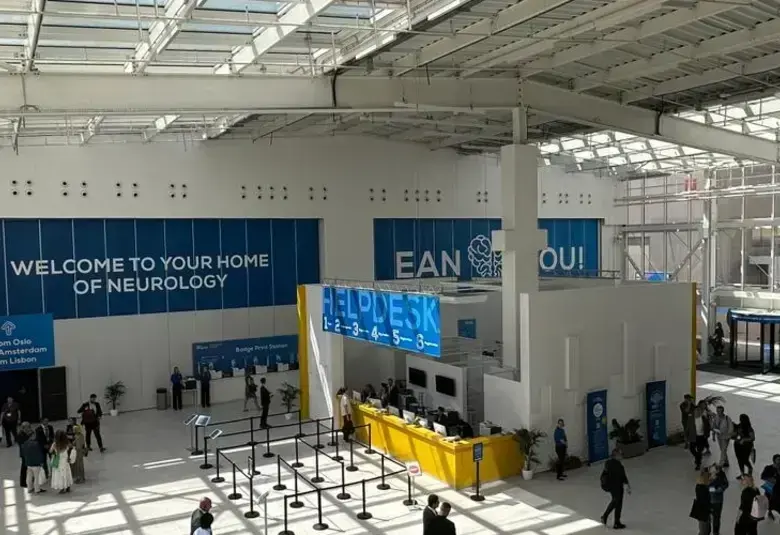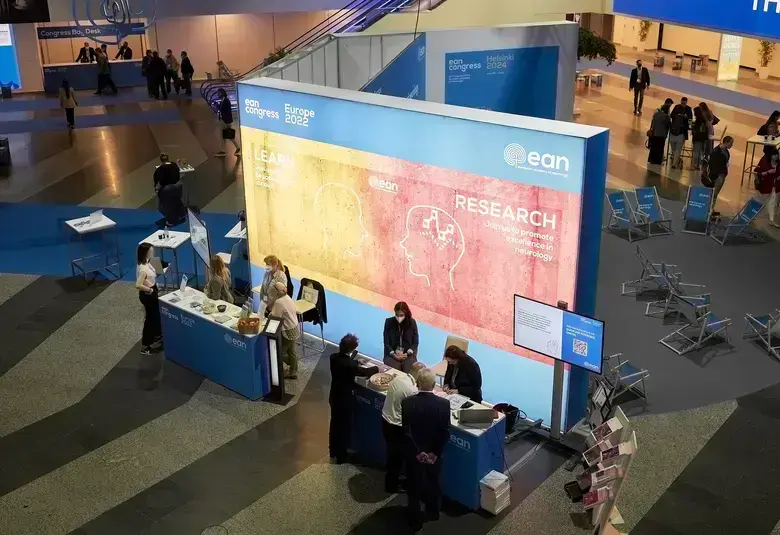Many of those experiencing first-episode psychosis achieve clinical remission, but often with poor functional outcomes. It is known that duration of untreated psychosis, negative symptoms and cognitive dysfunction are contributory factors to poor outcomes; and that early intervention can limit their impact. During EPA 2019, a symposium dedicated to early detection and interventions in psychosis described the latest findings.
We decided to stop complaining about why there were not greater numbers of easily accessible centers to facilitate the early detection (ED) and early intervention (EI) in psychosis; and do something about it, Anita Reicher-Rössler, Basel, Switzerland told EPA 2019 delegates.
Questioning national associations
Thus, in 2016/17, 37 European national psychiatric associations were asked to complete questionnaires on their ED and EI services. Of the 29 responders, 18 had ED/EI services. The number of specialist centers varied among the countries, as did the population targeted and when treatment was first implemented. Only 14 respondents had ED/EI included as part of their national guidelines and just 6 countries had a national plan. The exercise, repeated in central and eastern European countries, yielded similarly variable outcomes.
Early Detection and Early Intervention services seem to be created through the efforts of enthusiastic individuals
Professor Reicher-Rössler concluded that; those services seem to be created through the efforts of enthusiastic individuals rather than any other initiative. She suggested this situation could be changed by gathering different stakeholders’ support for involvement in mental health issues.
GET UP PIANO – real life management of FEP
Sarah Tosato, Verona, Italy, described a study that investigated delivery of treatment for first episode psychosis (FEP) under real-world conditions – the GET UP PIANO (Psychosis early Intervention and Assessment of Needs and Outcomes) trial. The aim was to compare psychosocial intervention (Cognitive Behavioral Therapy + family intervention for psychosis + case management) against treatment as usual (TAU).
Following training of healthcare professionals, a total of 172 control patients and 272 treated patients were recruited from community mental health centers (CMHC) in 3 regions of Italy. Of these, 154 and 243, respectively, were assessed at the end of 9 months follow-up. In the treated group, 50.7% of patients had >20 Cognitive Behavioral Therapy sessions and 25.8% had 10-19 sessions over the follow-up period; 44.1% attended family intervention sessions. Thus, Community Mental Health Center patients with FEP appear engaged with treatment.
Benefits seen in treated patients
But to what effect? Declines in both positive and negative symptoms were noted, a diminution in relapse rate, and improvements in subject perceptions of symptoms and impact on daily living were also noted compared to controls - the treated group had significantly did better in the scales for symptoms and functioning, and fewer hospital admissions compared to controls.
Multi-element approach is feasible and effective in non-specialized services
Dr Tosata concluded that this multi-element approach is feasible and effective in non-specialized services in the vast majority of incident cases of FEP. Importantly, it proves the generalizability of this type of treatment in routine care.
Earlier intervention feasible?
Mereke Nordentoft, Copenhagen, Denmark, explained that rather than waiting for FEP, it possibly would be of greater value to intervene in high risk groups before the onset of psychosis.
She compared the current state of affairs to be the equivalent to treating cancer at stage 4 or intervening in cardiac illness post-myocardial infarction – and too late to mitigate the conditions’ worst effects. “We should be as ambitious as those studying cancer have been and insist on trying to prevent full-blown psychiatric disorders through EI. Ambitious - but possible.” Audience agreed with her suggested slogan “Invest in psychiatry – it pays off!”
Prevent full-blown psychiatric disorders through Early Intervention. Ambitious - but possible
She described an Assertive Treatment program OPUS which was conducted throughout Denmark. Local teams worked with patients to offer treatment in the community including family psychoeducational support and social training skills. The efficacy of OPUS compared to treatment as usual (TAU) was assessed at 3, 5 and 10 years post-treatment. At 2 years, patients and their families appeared still engaged in the process as satisfaction levels were high, compared to TAU. However, reduction in psychotic symptoms did not last beyond this time slot.
How long should Early Intervention actually last?
Data presented by Professor Nordentoft suggested that OPUS treatment for 5 years or OPUS treatment for 2 years supplemented with assertive community treatment should be offered to those most disabled by psychosis. Both treatment regimens can prevent relapses and maintain beneficial effects on negative and psychotic symptoms. Patients preferred 5 years on OPUS treatment to other options, and there were fewer drop-outs. Interestingly, an economic evaluation suggests that OPUS is cheaper that TAU over a 5-years period – a factor that may well become extremely important in future policy making worldwide.
OPUS is cheaper than TAU over a 5 years period
Reflections on MIRORR
The Mapping Individual Routes of Risk and Resilience (MIRORR) was the final early intervention study to be presented by J Wigman, Groningen, The Netherlands. This study offers an in-depth assessment of individual patterns of symptoms over time and could offer a more personalized approach to therapies.
MIRORR follows 100 patients categorized into four subgroups, each with increasing psychopathological severity. It is a diary study which assesses diverse symptoms for 90 consecutive days. These symptoms are then used to map networks of interacting symptoms. Networks across different stages as well as individualized comparisons over time were investigated.
Preliminary results indicate that there are differences in symptomatology between individuals and between stage subgroups. Research and clinical practice may benefit from the more personalized, dynamic, perspective that MIRORR is uncovering.
Our correspondent’s highlights from the symposium are meant as a fair representation of the scientific content presented. The views and opinions expressed on this page do not necessarily reflect those of Lundbeck.




